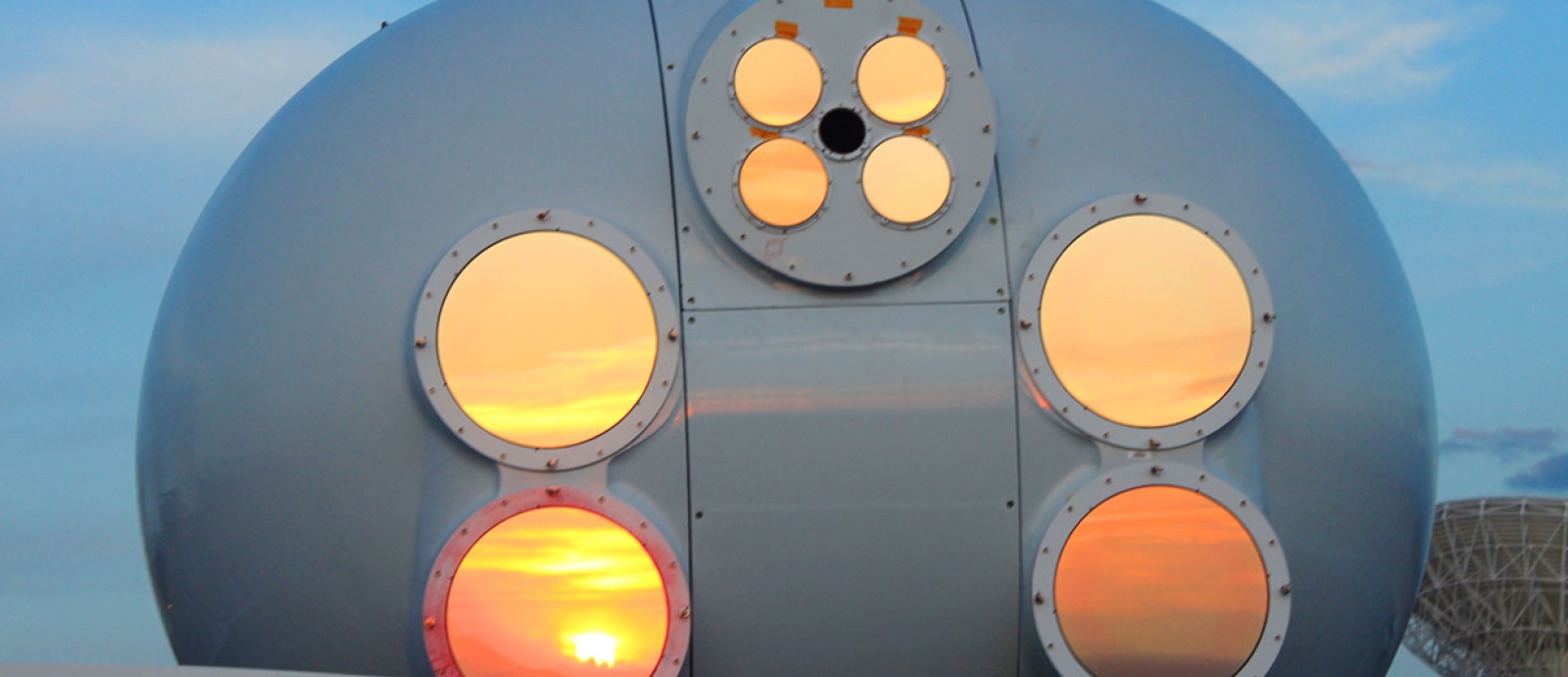
Lunar Pioneers Will Use Lasers to Phone Home
With NASA making serious moves toward a permanent return to the moon, it’s natural to wonder whether human settlers—accustomed to high-speed, ubiquitous Internet access—will have to deal with mind-numbingly slow connections once they arrive on the lunar surface. The vast majority of today’s satellites and spacecraft have data rates measured in kilobits per second. But long-term lunar residents might not be as satisfied with the skinny bandwidth that, say, the Apollo astronauts contended with.
To meet the demands of high-definition video and data-intensive scientific research, NASA and other space agencies are pushing the radio bands traditionally allocated for space research to their limits. For example, the Orion spacecraft, which will carry astronauts around the moon during NASA’s Artemis 2 mission in 2022, will transmit mission-critical information to Earth via an S-band radio at 2 megabits per second. “It’s the most complex flight-management system ever flown on a spacecraft,” says Jim Schier, the chief architect for NASA’s Space Communications and Navigation program. Still, barely 1 Mb/s will be allocated for streaming video from the mission. That’s about one-fifth the speed needed to stream a high-definition movie from Netflix.